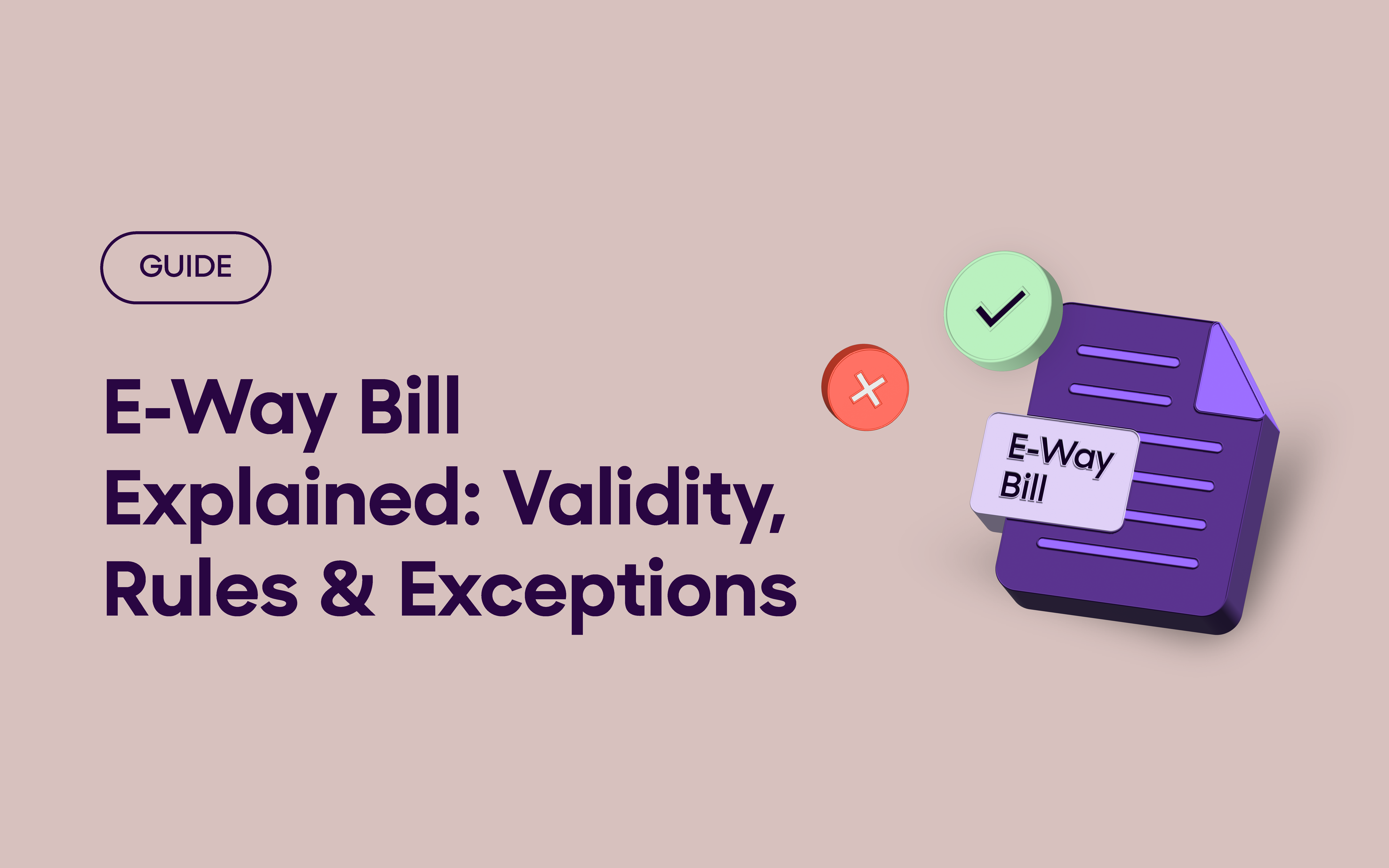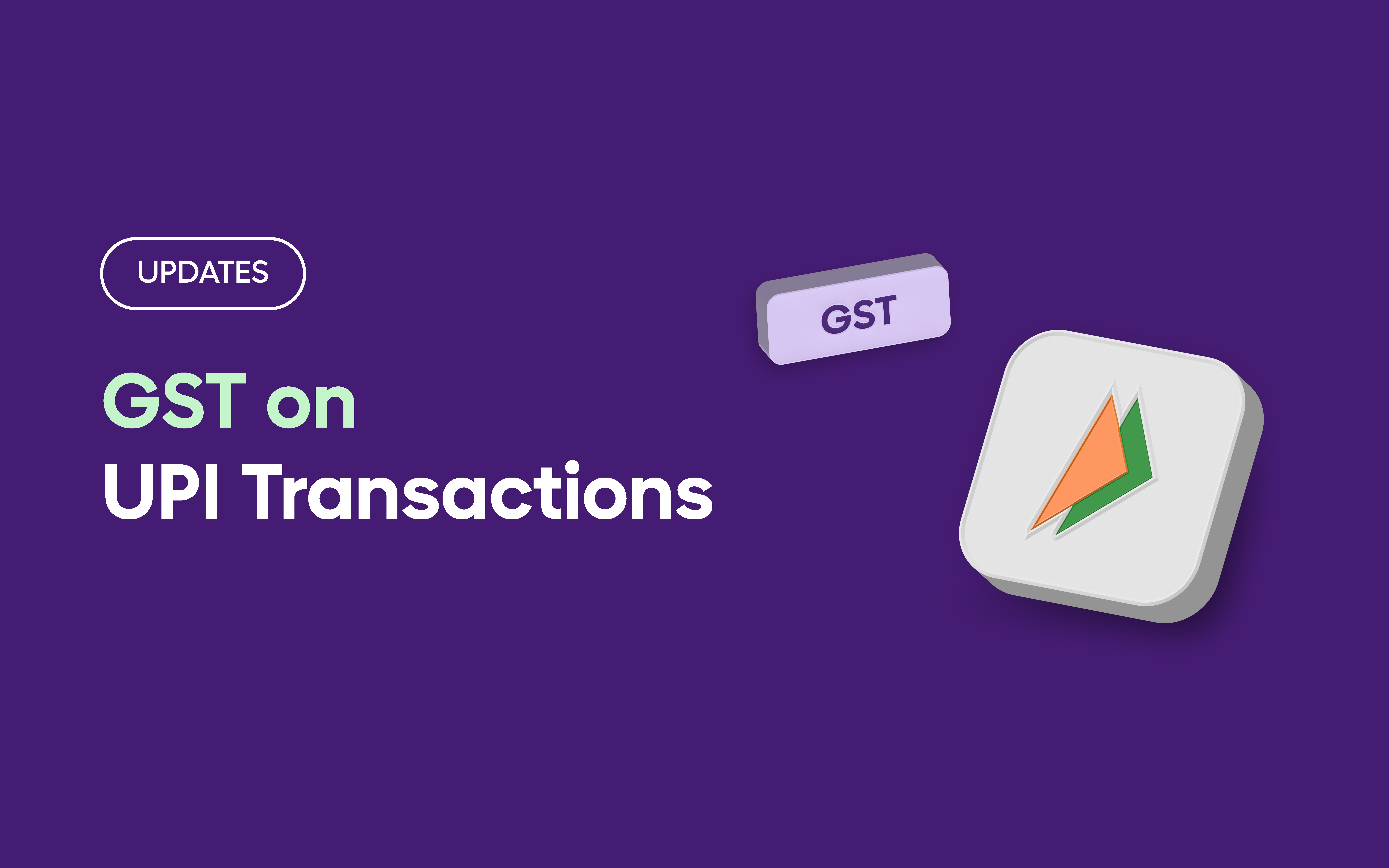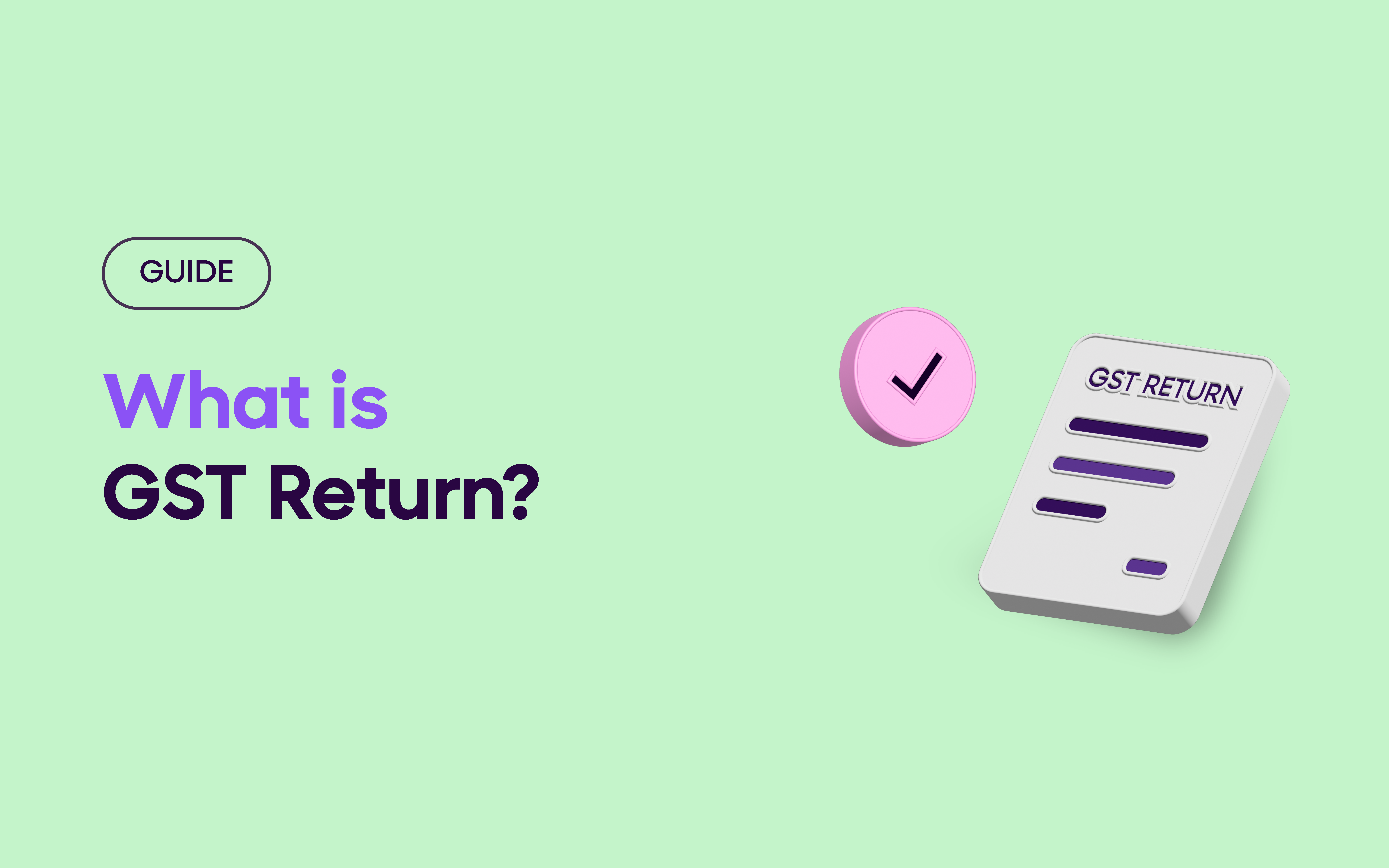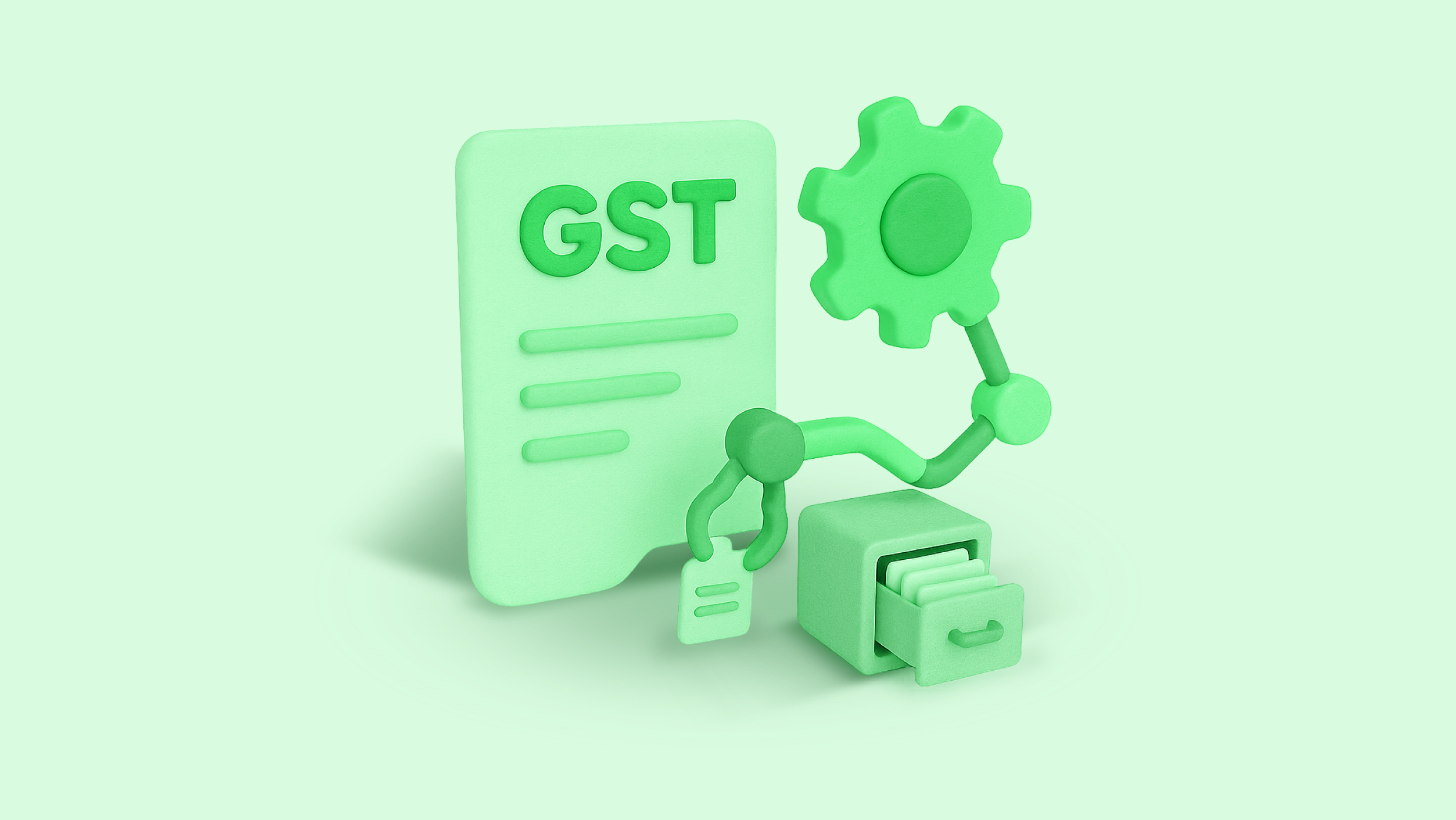Whether you run a small business or manage logistics for a larger company, understanding e-way bill rules is crucial. Mistakes in e-way bill compliance can lead to heavy penalties and delivery delays. In this blog, we’ll break down e-way bill validity, explain when you need an e-way bill, and when it’s not required — in simple, easy-to-understand language.
From this article, you will learn about:
- What is an e-way bill?
- Components of an e-way bill
- Who needs to generate an e-way bill
- E-way bill validity rules and how validity is calculated
- How to create an e-way bill online
- Generating an e-way bill via SMS
- Documents and details needed for e-way bill generation
- Cases where an e-way bill is not required
- Penalties for e-way bill non-compliance
- Practical compliance tips to avoid mistakes
- FAQs (Frequently asked questions)
What Is an E-Way Bill?
An e-way bill is an electronic permit required for the movement of goods valued at ₹50,000 or more. It is generated on the GST e-way bill portal (https://ewaybillgst.gov.in) and helps track goods during transportation, ensuring tax compliance across states.
Key Components of an E-Way Bill
An e-way bill contains two important parts:
- Part A: Details about the goods being transported — including invoice number, date, value, HSN code, and consignee details.
- Part B: Information related to the transporter — including vehicle number and mode of transport (road, rail, air, or ship).
👉 Both parts must be filled correctly for the e-way bill to be valid.
Who Is Responsible for Generating an E-Way Bill?
An e-way bill can be generated by:
- Registered suppliers: When they are dispatching goods worth more than ₹50,000.
- Registered recipients: If the supplier is unregistered and the recipient is registered.
- Transporters: If goods are handed over to a transporter and the e-way bill hasn’t been generated by the supplier or recipient.
Bottom Line:
Whoever is causing the movement of goods must ensure that an e-way bill is generated.
Validity of an E-Way Bill
The validity of an eWay Bill depends on the type of goods and the distance they need to travel. It is calculated from the exact date and time when the eWay Bill is generated.
Here’s how the validity works:
| Type of Cargo | Distance Travelled | Validity Period |
| Other than Over Dimensional Cargo | Up to 200 km | 1 Day |
| For every additional 200 km or part thereof | +1 additional day | |
| Over Dimensional Cargo (ODC) | Up to 20 km | 1 Day |
| For every additional 20 km or part thereof | +1 additional day |
Note:
- Over Dimensional Cargo refers to goods that exceed standard size limits set under motor vehicle regulations.
- The validity starts from the moment the eWay Bill is generated — not from when goods start moving.
Extension of Validity:
If needed, the validity of an eWay Bill can be extended.
The person who generated the eWay Bill can extend it either:
- Within eight hours before its expiry, or
- Within eight hours after it expires.
Can You Extend the E-Way Bill Validity?
Yes, you can extend the validity of an e-way bill if unforeseen delays occur, such as vehicle breakdowns, natural disasters, or traffic disruptions. The extension must be requested before the e-way bill expires through the official e-way bill portal (https://ewaybillgst.gov.in) by providing a valid reason.
If the bill expires, you’ll need to generate a new e-way bill to continue transporting goods, as expired bills are not valid for further movement. Always check the latest guidelines on the GST portal for any updates!
How to Generate an E-Way Bill Online (Step-by-Step)
Creating an e-way bill online is simple:
- Login to the e-way bill portal.
- Navigate to ‘Generate New’ under the e-way bill section.
- Fill Part A details: GSTIN, invoice number, value, HSN code, consignee GSTIN, and address.
- Fill Part B details: Transporter ID and vehicle number.
- Click on Submit.
- Download or print your e-way bill and carry it during transportation.
You can also generate e-Way Bills directly from the OPEN Money dashboard. Find more details here.
Try OPEN’s e-Way Bill Solution Now
How to Generate an E-Way Bill Using SMS
When you’re on the move, you can also generate an e-way bill via SMS:
- Register your mobile number for the SMS facility on the e-way bill portal.
- Send a simple SMS in the prescribed format to the registered number.
- You’ll receive an instant confirmation with the e-way bill number.
👉 This is very useful for small transporters and urgent shipments.
What Documents Are Needed to Create an E-Way Bill?
Before generating an e-way bill, keep these documents/details handy:
- Invoice or bill of supply related to the goods
- Transporter ID or vehicle number
- GSTIN details of the supplier and receiver
- Details of goods (value, HSN code, quantity)
Proper documentation ensures your e-way bill is processed without delays.
When Is an E-Way Bill Not Required?
There are several exemptions where no e-way bill is needed, even if the goods value is above ₹50,000:
- Transport of exempted goods (like fresh fruits, vegetables, meat, milk)
- Transport using non-motorized conveyance (hand carts, animal-driven carts)
- Goods movement within a small radius (specific to state rules)
- Movement under customs control (port to inland container depot or vice versa)
✅ Always refer to the latest GST notifications for updated exemption lists.
Penalties for E-Way Bill Non-Compliance
If you are transporting goods without a valid e-way bill:
- The goods may be detained or seized.
- Penalties can go up to 100% of the tax payable or ₹10,000, whichever is higher.
🛡️ Staying compliant helps businesses avoid legal trouble and unnecessary financial losses.
Final Tips to Stay Compliant
✔️ Always double-check details before generating an e-way bill.
✔️ Keep track of validity, especially for long-distance transports.
✔️ Train your logistics team on state-specific rules.
✔️ Use the SMS facility for last-minute shipments.
✔️ Maintain proper records of generated e-way bills for future audits.
Frequently Asked Questions (FAQs)
Can an unregistered person generate an e-way bill?
Yes, using a temporary enrollment on the e-way bill portal.
Is e-way bill needed for hand delivery?
If motorized transport is not used, no e-way bill is required.
Can an eWay Bill be cancelled after it is generated?
Yes, an eWay Bill can be cancelled within 24 hours of generation if goods are not transported or if incorrect details were entered. However, once verified by a proper officer, it cannot be cancelled.
What happens if the eWay Bill expires during transit?
If the eWay Bill expires while the goods are still in transit, the transporter must either extend its validity (within 8 hours before or after expiry) or generate a new eWay Bill as per regulations.
Is an eWay Bill required for the movement of goods within the same state?
Yes, depending on the state-specific threshold limits. Some states have notified their own rules and distance-based exemptions for intra-state movements.
What is Over Dimensional Cargo (ODC)?
Over Dimensional Cargo refers to goods whose dimensions exceed the prescribed limits of a standard vehicle. Different validity periods apply for transporting ODC.
Is eWay Bill generation mandatory for job work transactions?
Yes, if goods are sent for job work and the value exceeds ₹50,000, an eWay Bill must be generated, regardless of whether the transportation is inter-state or intra-state.
Can a single eWay Bill cover multiple invoices?
No, a separate eWay Bill is needed for each invoice. However, multiple eWay Bills can be clubbed into a Consolidated eWay Bill for transportation in one vehicle.
What if incorrect details are entered in an eWay Bill?
If wrong details are entered, you must cancel the eWay Bill within 24 hours and generate a new one with the correct information. Editing an existing eWay Bill is not allowed.
Is eWay Bill applicable to transportation through railways or airways?
Yes, but the responsibility to generate the eWay Bill typically lies with the consignor or consignee, and not the transporter like Indian Railways or airlines.
Streamline Your GST Compliance with OPEN!
Generate, manage, and track e-Way Bills effortlessly in just one click. Ensure 100% compliance and simplify your logistics with OPEN’s powerful e-Way Bill features.





